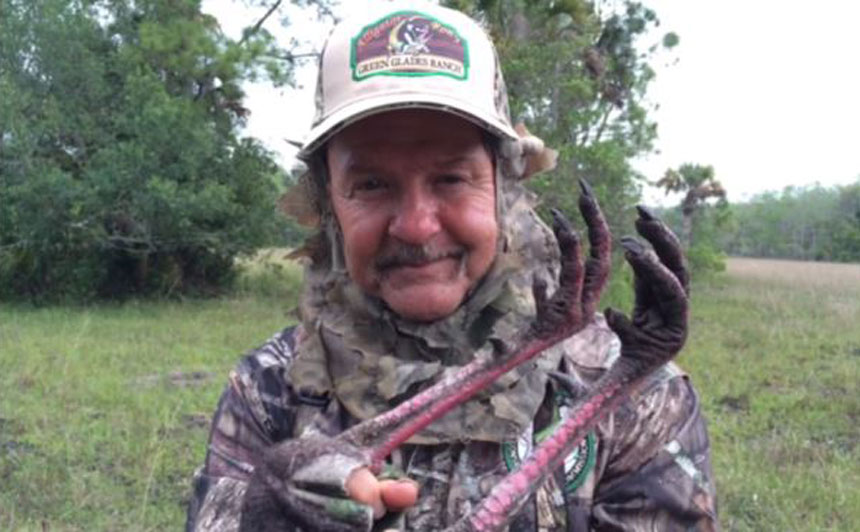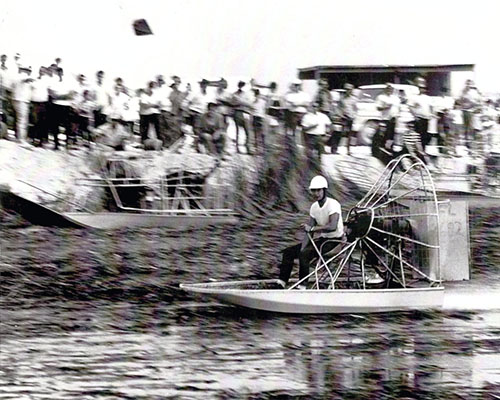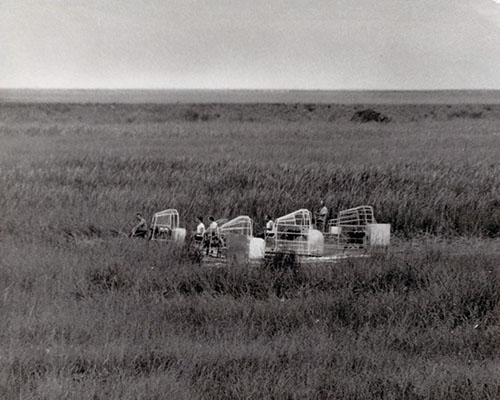
By Steve Waters | Contact Reporter
Sun Sentinel
Wild turkeys are creatures of habit, so scouting for the birds can greatly increase a hunter’s chances of bagging a gobbler.
Knowing where turkeys like to roost, where they fly down and where they head once they’re on the ground is valuable information.
And now is the time to acquire that knowledge, as the season in South Florida is March 4-April 9, and the youth spring turkey hunt for ages 15 and under is Feb. 25-26.
Osceola turkeys, the sub-species unique to Florida, breed during late winter and early spring. Male turkeys gobble to attract hens. Hunters try to reverse nature by using calls to imitate a hen’s yelps, clucks and purrs and lure a lovesick gobbler.
Turkeys have already been gobbling, so hunters should hear birds when they scout on their hunting leases or local wildlife management areas such as Big Cypress and J.W. Corbett.
“Alligator” Ron Bergeron is one of the best turkey hunters and woodsmen I know. A commissioner with the Florida Fish and Wildlife Conservation Commission, Bergeron constantly keeps track of the birds on his Green Glades West ranch, which is about 50 miles west of his home in Weston.
In addition to knowing where turkeys are likely to be, Bergeron approaches those areas cautiously so he doesn’t spook the birds in case they’re already there. He’ll walk through cypress swamps and stands of pines to get where he’s going, stopping often to peek around a tree and look through his binoculars.
One time, Bergeron eased up to a field and saw two gobblers at the far end, 200 yards away. When the birds walked behind some brush, he and his companions sat down at the edge of the field, and Bergeron put out a gobbler decoy.
When the birds reappeared, Bergeron yelped at them. When they looked his way and saw the decoy, they ran in so fast that when Bergeron called again to stop them, they were 10 yards away.
Bergeron’s caution also prevents him from spooking other animals, like the 300-pound black bear he saw feeding between him and where he wanted to set up a blind on an afternoon hunt last season.
Wild turkeys are super wary, and if they see a bear, a white-tailed deer or a wild hog run off, they don’t stick around. So Bergeron patiently waited for the bear to move along before continuing to his spot, where he put up some camouflage netting and sat behind it with his back against a tree.
Bergeron yelped occasionally on his mouth call, but the woods were quiet. About 30 minutes after he sat down, the red heads of four gobblers appeared several hundred yards away.
Turkeys have excellent hearing and can pinpoint a bird’s location when it yelps. These turkeys came straight to Bergeron before stopping 40 yards from his blind.
Maybe they were a little nervous about something or maybe they saw a real hen and wanted to meet up with her, but they weren’t coming any closer. That’s when Bergeron said to shoot, and only three of the gobblers walked away.
Scouting isn’t just useful for locating turkeys, it also helps eliminate areas without birds.
Pastures on Bob Henry’s hunting lease in Collier County that always had turkeys were flooded last season, so Henry put in long hours of walking and calling and glassing to find where the birds had gone.
After not seeing or hearing any turkeys, he decided to sit in a tent blind where two trails with some turkey tracks intersected.
As with Bergeron, it was a quiet afternoon when Henry looked to his left and saw three gobblers silently heading toward the decoy in front of the blind.
If habitat conditions are similar this season, Henry knows that at least two gobblers should still be in that spot.




